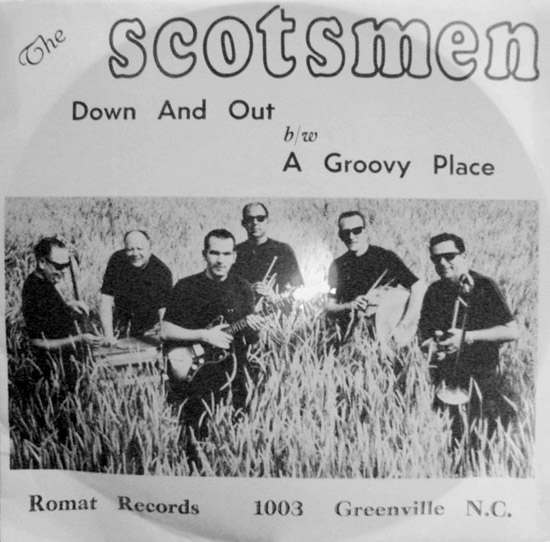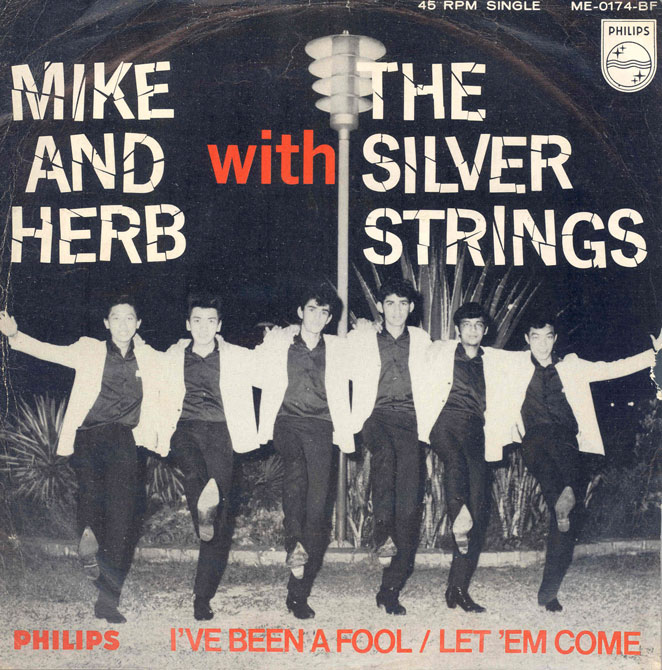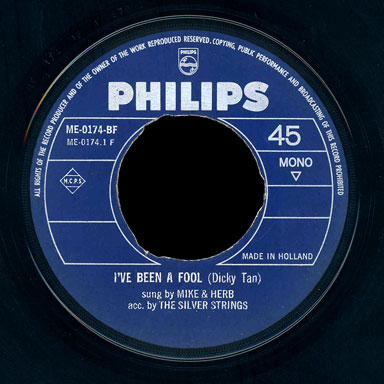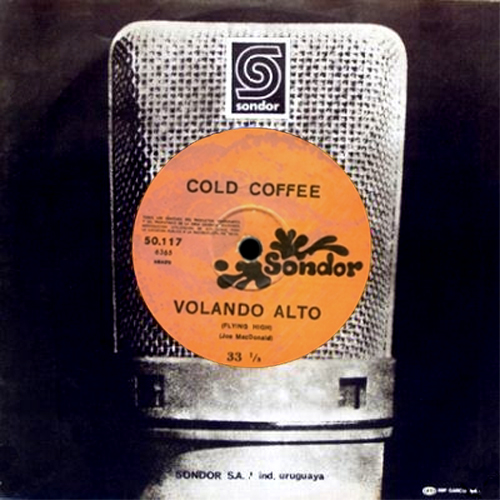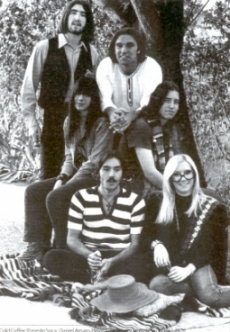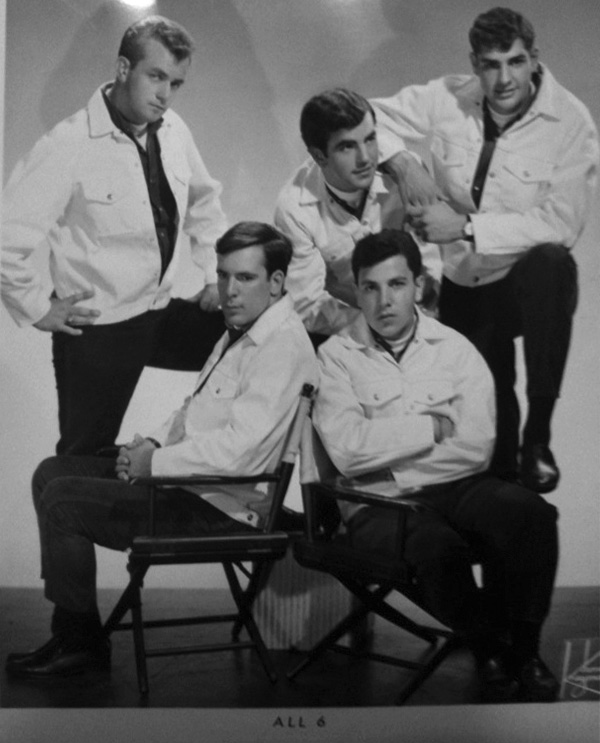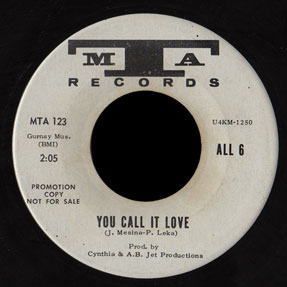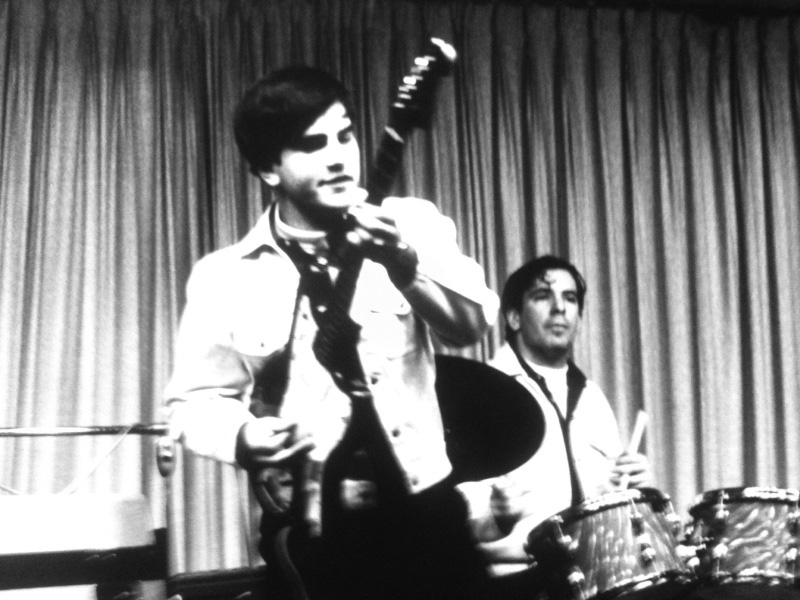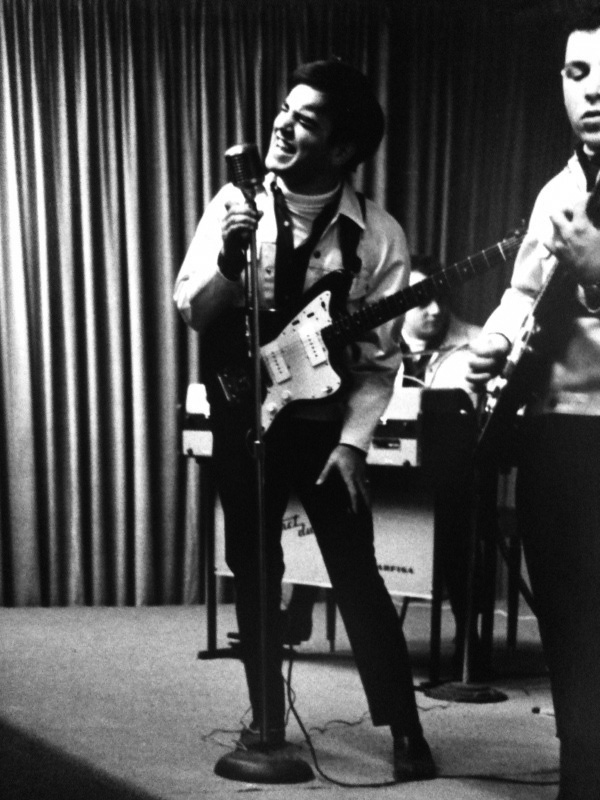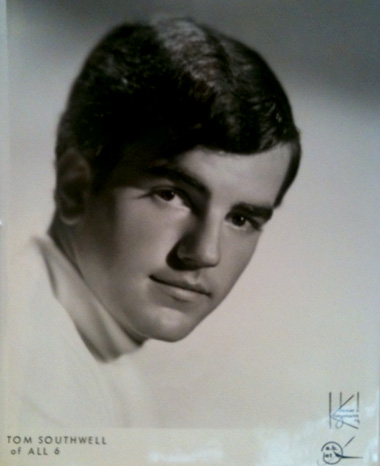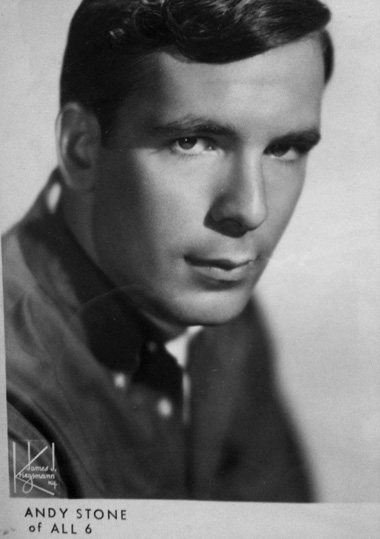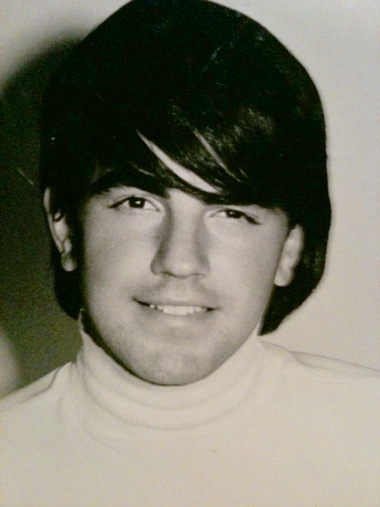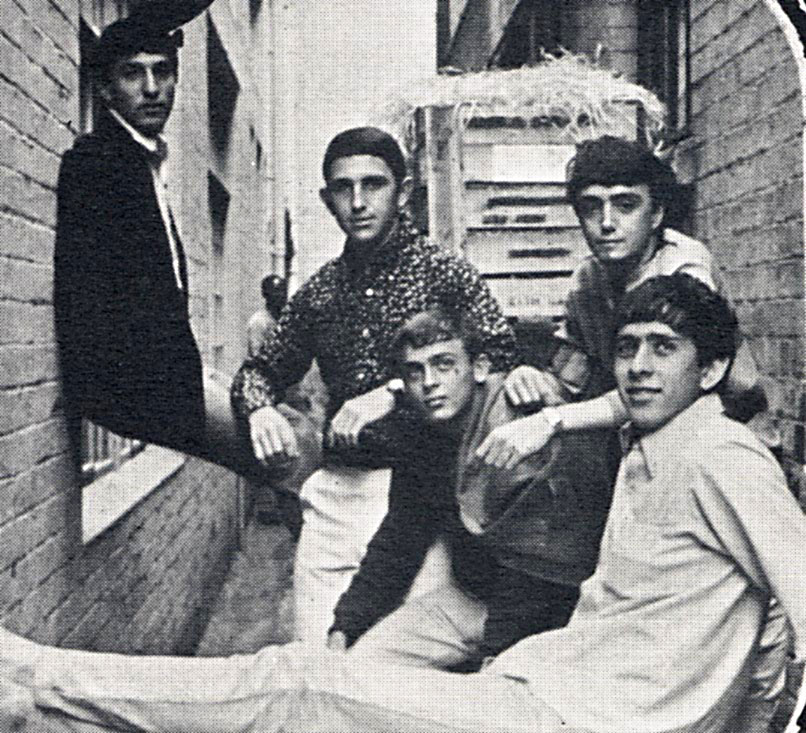
South African R&B/pop band, The Gonks were one of Durban’s leading groups in the mid-1960s. Formed in the summer of 1965, the original line up was put together by former Clansmen drummer, turned lead singer Craig Ross (b. 27 January 1946, Durban) and rhythm guitarist and singer Howard Schachat (b. 7 November 1949, Durban). The pair completed the line up with lead guitarist Noel McDermott (b. 31 March 1946, Durban), bass player Brian McFall (b. 26 December 1945) and drummer Rob Clancy (b. 2 May 1948).
Taking their name from a 12-inch high stuffed doll that was popular at the time, The Gonks’s first gig was at the Lido Resort (playing around the pool) in Umkomass, on the South Coast.
The Gonks’s first big break, however, took place in October 1965 when they played a show at the Journey’s End Moth Hall in Durban North. They then followed this up with a number of appearances at Durban City Hall, at the Al Fresco Terrace on Durban’s Bayside and at various South Coast resorts.
Signed to the Fontana label in late 1966, the band recorded its debut single, a cover of Mike Curb’s “You Can’t Stop Me Loving You” backed by the Edden-Cline-Schachat-Ross collaboration, “Crying My Heart Out”, which was produced by Graeme Beggs for Trutone and featured studio guests, Johnny Kongos, Pete Clifford and Peter Lotis. Issued on Fontana single TF 772 in November 1966, the band’s debut release climbed the South African Springbok charts and peaked at number 7 in January 1967.
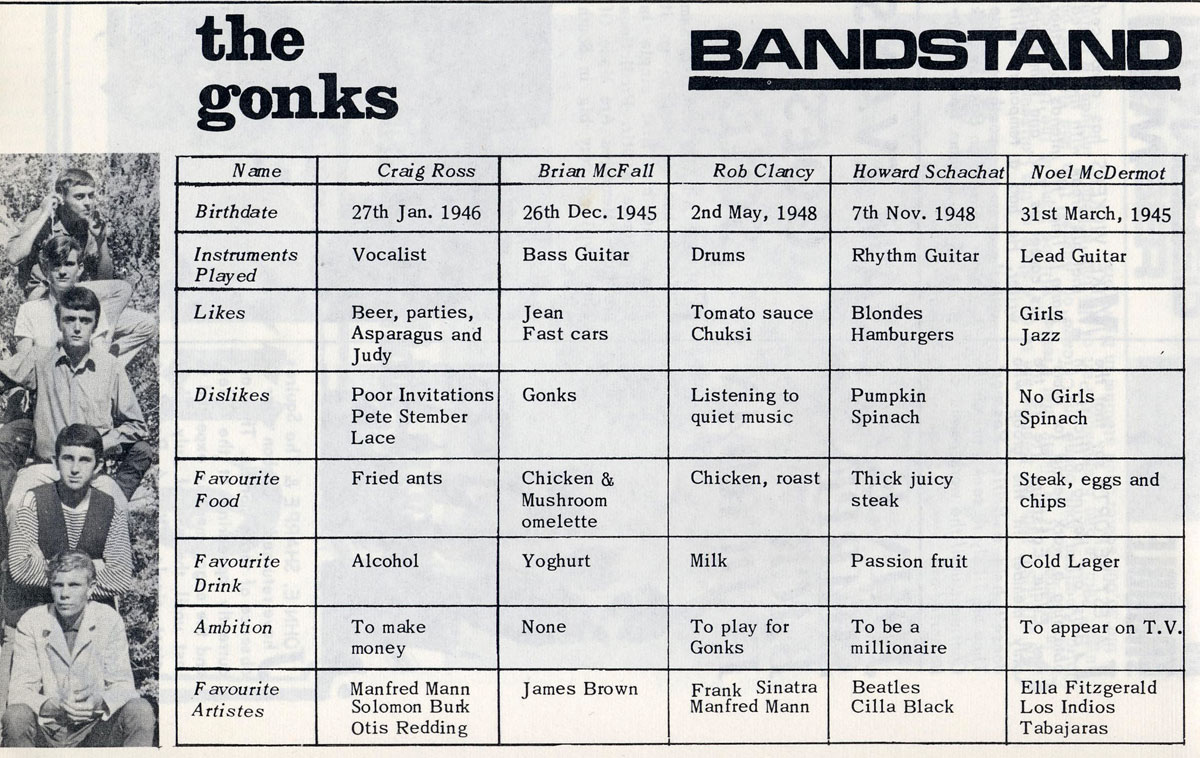
Interestingly, within weeks of the single’s release that November, the band had returned to the studio to record a follow up, a cover of the Isley Brothers’ “Nobody But Me”, backed by the Ross-McDermott co-write, “Woman, Yeah”, which was again produced by Beggs at Gallo’s studio in Johannesburg.
For reasons that remain unknown, Noel McDermott left the band immediately after this recording (and prior to the debut single’s success) to work briefly with his own group. In his place, the group recruited lead guitarist, Mervin Gershanov from The Mods, another local band, which featured several musicians that would join The Gonks throughout 1967. At the same time, bass player Brian McFall also departed (years later playing with Third Eye) and Barrie Cline from The Deans took his place. (Incidentally, Barrie’s brother Dave was a member of The Mods.)
The reconstituted Gonks line up made a notable appearance at Durban City Hall for a Christmas Eve show with The Difference, Bobby James & The Plainsmen, Jody Wayne, 004, The Dream Merchants and Dunny & The Showmen before further changes ensued.
During early January Peter Gilder, ex-Deans and The Section, took over the drum stool from Rob Clancy, although The Gonks’s original drummer would return later in the year. According to the Natal Mercury newspaper, this line up played at the Arena Club in Durban on 28 January.
 Amid all of these changes, The Gonks enjoyed some notable chart success with their debut single –“You Can’t Stop Me Loving You”, which was subsequently included on the 162/3rpm long-playing Fontana compilation album, It’s All Happening.
Amid all of these changes, The Gonks enjoyed some notable chart success with their debut single –“You Can’t Stop Me Loving You”, which was subsequently included on the 162/3rpm long-playing Fontana compilation album, It’s All Happening.
On 11 March 1967, The Gonks returned to Durban City Hall for a show alongside singer Billy Forrest and R&B group, The Etonians. That same month, the band’s long awaited second release, “Nobody But Me”, backed by “Woman, Yeah” was released on Fontana single TF 784 and became a modest hit.
The single helped raise the band’s local standing and on 29 April, the band played another show at Durban City Hall with It’s a Secret and singer Beau Brummell, who’d returned to South Africa after several years working in UK and Europe with British band, The Noblemen. On 26 May, they also made an appearance at the Scene club in Durban. Soon afterwards, the band recorded two tracks, which were never released: “Ain’t I Met You Somewhere Before, Little Girl” and “Dreams”.
Also around this time, The Gonks recorded a cover of Gordon Haskell’s “Lazy Life” backed by Neil Diamond’s “The Long Way Home” for the Troubadour label, with singer Billy Forrest producing. Forrest had discovered the song while in England and given it to the band. However, after laying down the backing track, Ross told Forrest that the song didn’t fit the band’s image and so Forrest decided to issue the tracks under the name Quentin E Klopjaeger and The Gonks.Later copies omitted The Gonks and the single (released on Troubadour TRS-E-9093) eventually became a big hit, peaking at number 1 on the Springbok charts on 21 June 1968.
But we are jumping ahead of ourselves. With the recording done, Craig Ross jumped ship to hook up with South Africa’s premier psychedelic group, Freedom’s Children. In his place, the band recruited guitarist and singer Alan Reid from Gershanov’s former band, The Mods.
Further changes ensued. By the time the group released its third single, “Hard Lovin’”, backed by “You Don’t Know Me”, (issued on Renown N 1416) in January 1968, Rob Clancy had returned to the band to displace Peter Gilder and Rodney Aitchison had taken over from Mervyn Gershanov.
Gershanov would subsequently team up with singer/bass player Clive Calder and others, including English guitarist Pete Clifford from The Bats, for a one-off live album, Live At The Electric Circus, released by The First Electric Jamming Band for Parlophone in 1969. Gilder meanwhile, would later work with Spectrum alongside fellow Gonks member, Barrie Cline.
Soon after the release of their third single, The Gonks underwent further changes with another former Mods member, Trevor Turner taking over bass from Barrie Cline. Rob Clancy also left and was replaced by Roger Johnson. Clancy sadly later committed suicide in England during the 1980s.
With all of these changes, it was perhaps not surprising that the band soon ran its course. By mid-1968, the final line up had imploded and Schachat reunited with former members Craig Ross (fresh from Freedom’s Children) and Barrie Cline in Parish News. The project was relatively short-lived and sometime in 1969-1970, Ross and and Schachat formed The Pack with Clive Goodwill (keyboards), Ian Bell (flute) and Dave Evans (drums) among others.
In 1971, however, Aitchison, Ross, Cline and Dave Evans briefly reformed The Gonks and backed singer Alan Garrity. The band never recorded and soon broke up. Evans then joined forces with Schachat alongside other former Gonks members Alan Reid and Mervin Gershanov in Sweet Grass alongside Ian Bell from The Pack.
When the latter unravelled, Evans then formed Jigsaw with Craig Ross and Barrie Cline. A horn band, Jigsaw also comprised Glen Turrel, Mike Slavin, Dave Ridgeway, Tony Hynde and Kiwi.
Schachat and Gershanov meanwhile formed the group Haggis and played original hard rock music in Durban. They had three different drummers – Richard Pickett, Robbie Pavid (ex-Third Eye) and Bokkie De Beer (later with Johnny Clegg) but the band split when Schachat left Durban in 1974 and moved to the US. The guitarist became a lawyer and currently lives in San Diego, California where he plays in a six-piece classic rock band called 9th Floor Band.
Little is known about the other members of the group, who have all kept a low profile. Craig Ross, however, who still lives in Durban and designs kitchens, occasionally sings live and has enjoyed some recent exposure with growing interest in Freedom’s Children.
Article by Nick Warburton
Many thanks to the following for their help: Tertius Louw, Howard Schachat, Peter Gilder, Craig Ross, Rodney Aitchison, Garth Chilvers, Mervin Gershanov, Tom Jasiukowicz, Dave Evans, Brian Colborne and Rob David.
Nick Warburton is a UK based freelance writer. His website is www.nickwarburton.com.
Copyright © Nick Warburton. All Rights Reserved. No part of this article may be reproduced or transmitted in any from or by any means, without prior permission from the author.

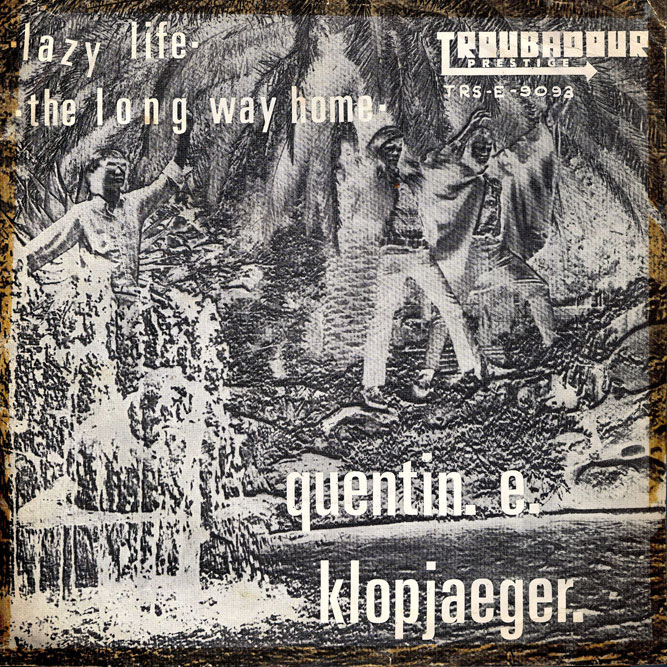


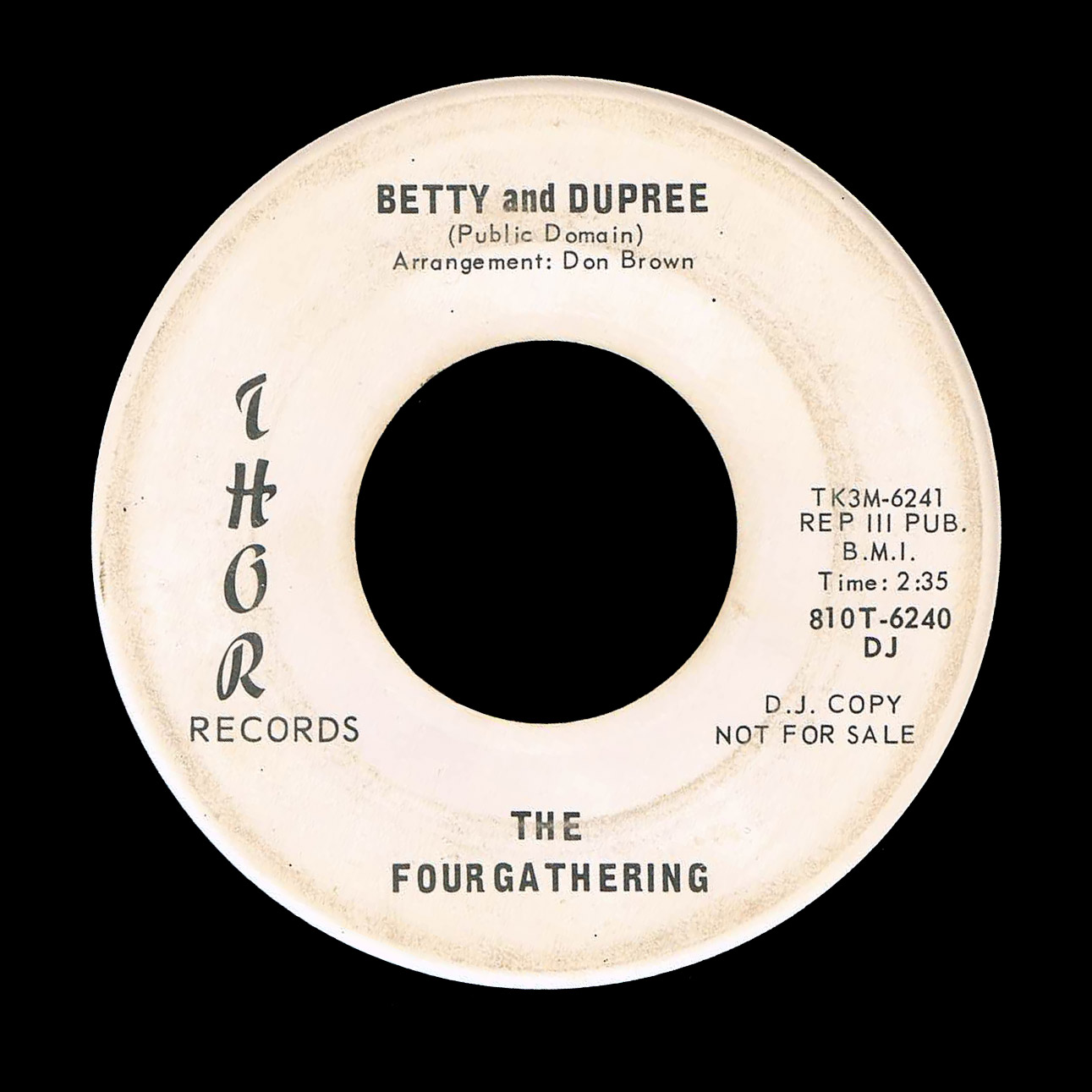

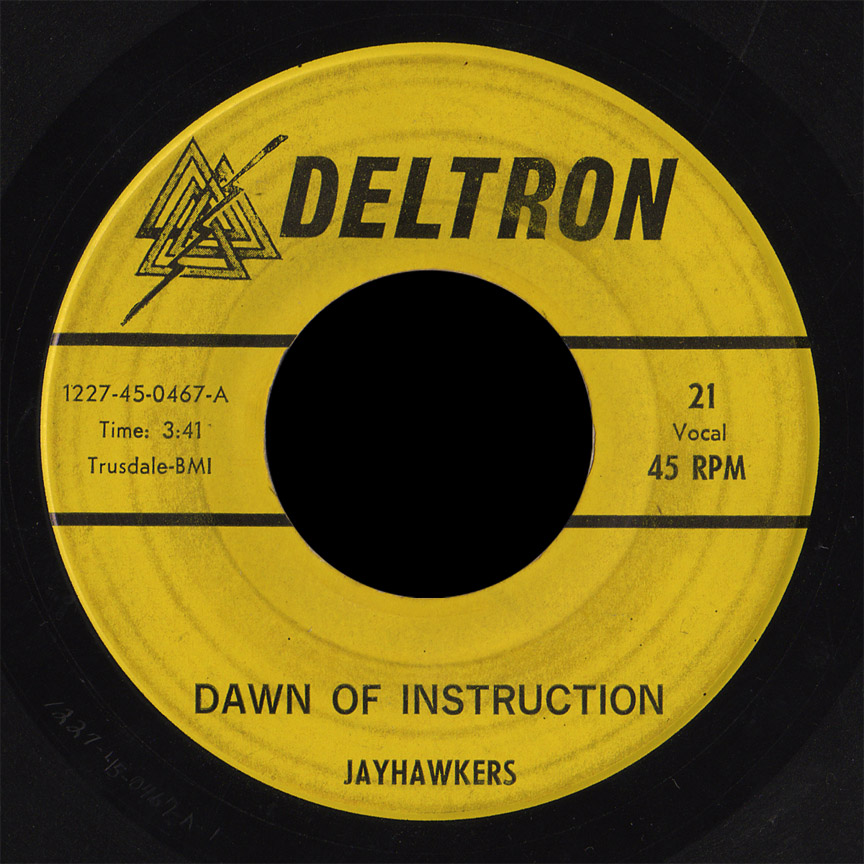
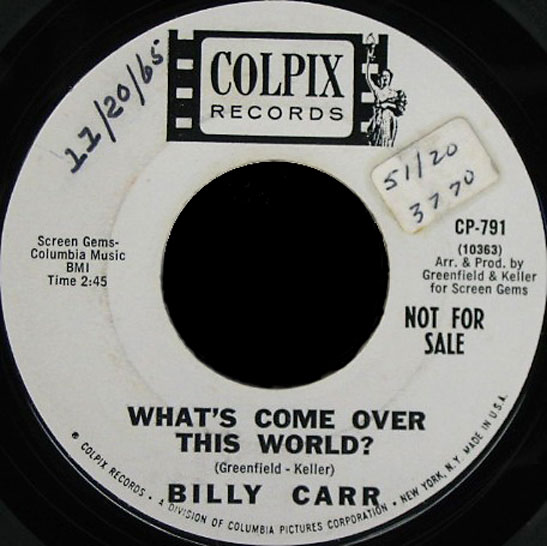
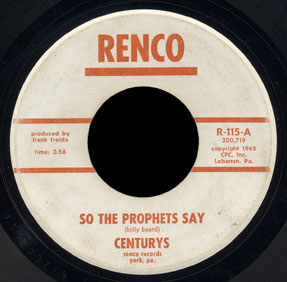

 Even years after first posting about the Clear Blue Sky, I haven’t been able to find much info about the band.
Even years after first posting about the Clear Blue Sky, I haven’t been able to find much info about the band.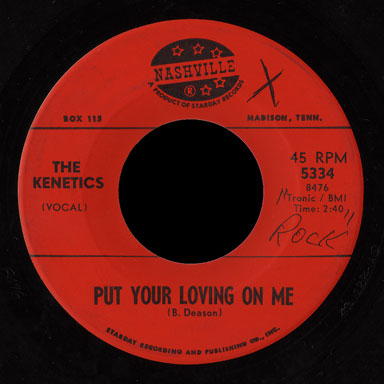 The Kenetics 45 is one of my very favorites in all garageland. The band may have been from Martin, Tennesee, three hours drive west of Nashville near the Kentucky and Missouri borders.
The Kenetics 45 is one of my very favorites in all garageland. The band may have been from Martin, Tennesee, three hours drive west of Nashville near the Kentucky and Missouri borders.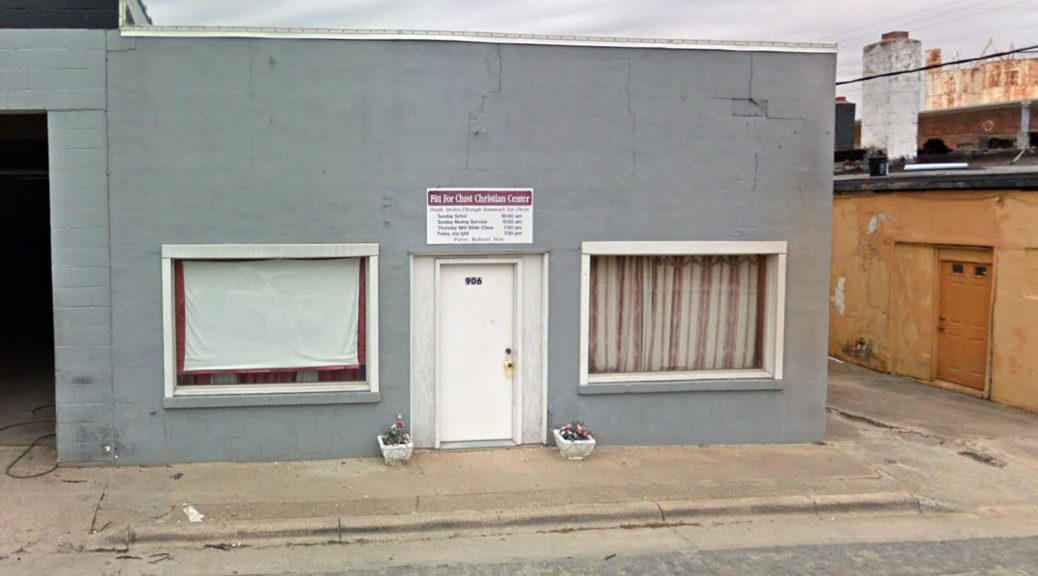
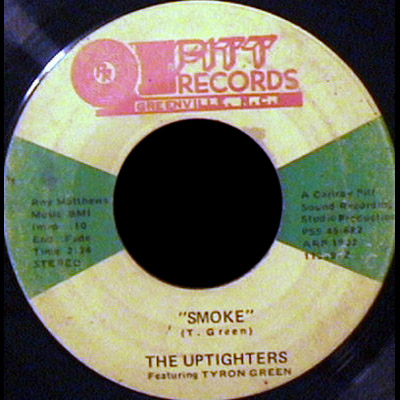 Pitt Records was one of the labels for Pitt Sound Studios, originally at 906 S. Washington Street in Greenville, North Carolina. The most notable song cut at Pitt Sound Studios was the O’Kaysions “Girl Watcher”, though the original label was North State.
Pitt Records was one of the labels for Pitt Sound Studios, originally at 906 S. Washington Street in Greenville, North Carolina. The most notable song cut at Pitt Sound Studios was the O’Kaysions “Girl Watcher”, though the original label was North State.
